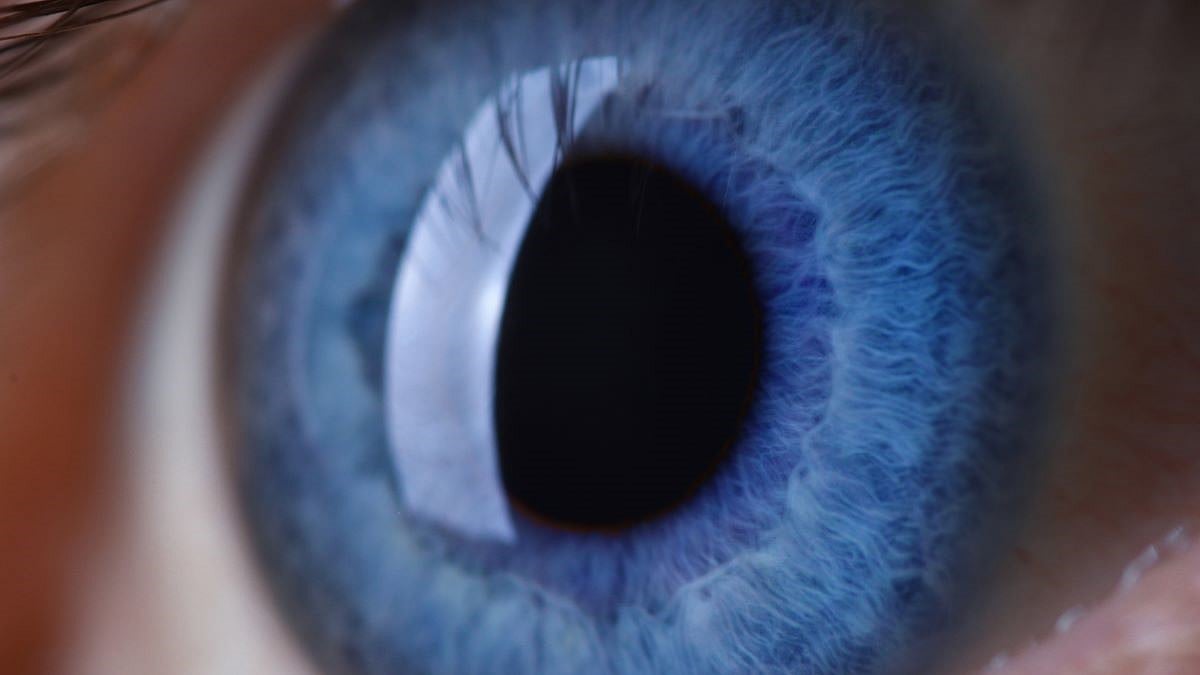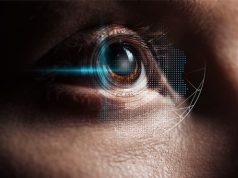Second study shows uncorrected visual acuity, spherical equivalent refraction as good or better with immediate versus delayed bilateral cataract surgery
By Elana Gotkine HealthDay Reporter
TUESDAY, Sept. 16, 2025 (HealthDay News) — Most patients can manage at home without help after bilateral cataract surgery, with as good or better visual outcomes, according to two studies presented at the annual Congress of the European Society of Cataract and Refractive Surgeons, held from Sept. 12 to 16 in Copenhagen, Denmark.
Mia Vestergaard Bendixen, from Silkeborg Regional Hospital in Denmark, and colleagues examined how quickly patients could manage daily activities independently after simultaneous bilateral cataract surgery in a questionnaire-based study involving 101 patients. The researchers found that most patients regained self-sufficiency immediately after they arrived home, with 83, 69, and 45 percent regaining mobility/orientation, meal preparation, and reading, respectively. A notable and significant decrease was seen in the need for help 24 hours postoperatively; 53 percent of patients still needed assistance with administration of eye drops.
Gabrielle Gallo Afflitto, M.D., from Moorfields Eye Hospital NHS Foundation Trust in the United Kingdom, and colleagues conducted a retrospective study of 11,620 eyes from 5,810 patients undergoing immediate sequential bilateral cataract surgery (ISBCS) and delayed sequential bilateral cataract surgery (DSBCS) with monofocal (mIOL) or multifocal (mfIOL) lenses. Visual and refractive outcomes were assessed at the first postoperative visit. The researchers found that mean spherical equivalent (SE) refraction was −0.22 ± 0.82 D, −0.16 ± 1.11 D, −0.30 ± 0.46 D, and −0.11 ± 0.43 D for mIOL-DSBCS, mIOL-ISBCS, mfIOL-DSBCS, and mfIOL-ISBCS, respectively. Mean logMAR uncorrected visual acuity (UCVA) was 0.09 ± 0.19, 0.09 ± 0.19, 0.00 ± 0.10, and −0.05 ± 0.12, respectively. Younger age at presentation, preoperative visual acuity and SE, and mfIOL-ISBCS were key predictors of better postoperative UCVA and SE.
“For patients, these findings are encouraging. They suggest that having cataract surgery performed in both eyes on the same day, particularly when combined with multifocal lens implantation, can deliver excellent vision, reduce dependence on glasses, and allow faster recovery,” Afflitto said in a statement.
Copyright © 2025 HealthDay. All rights reserved.








